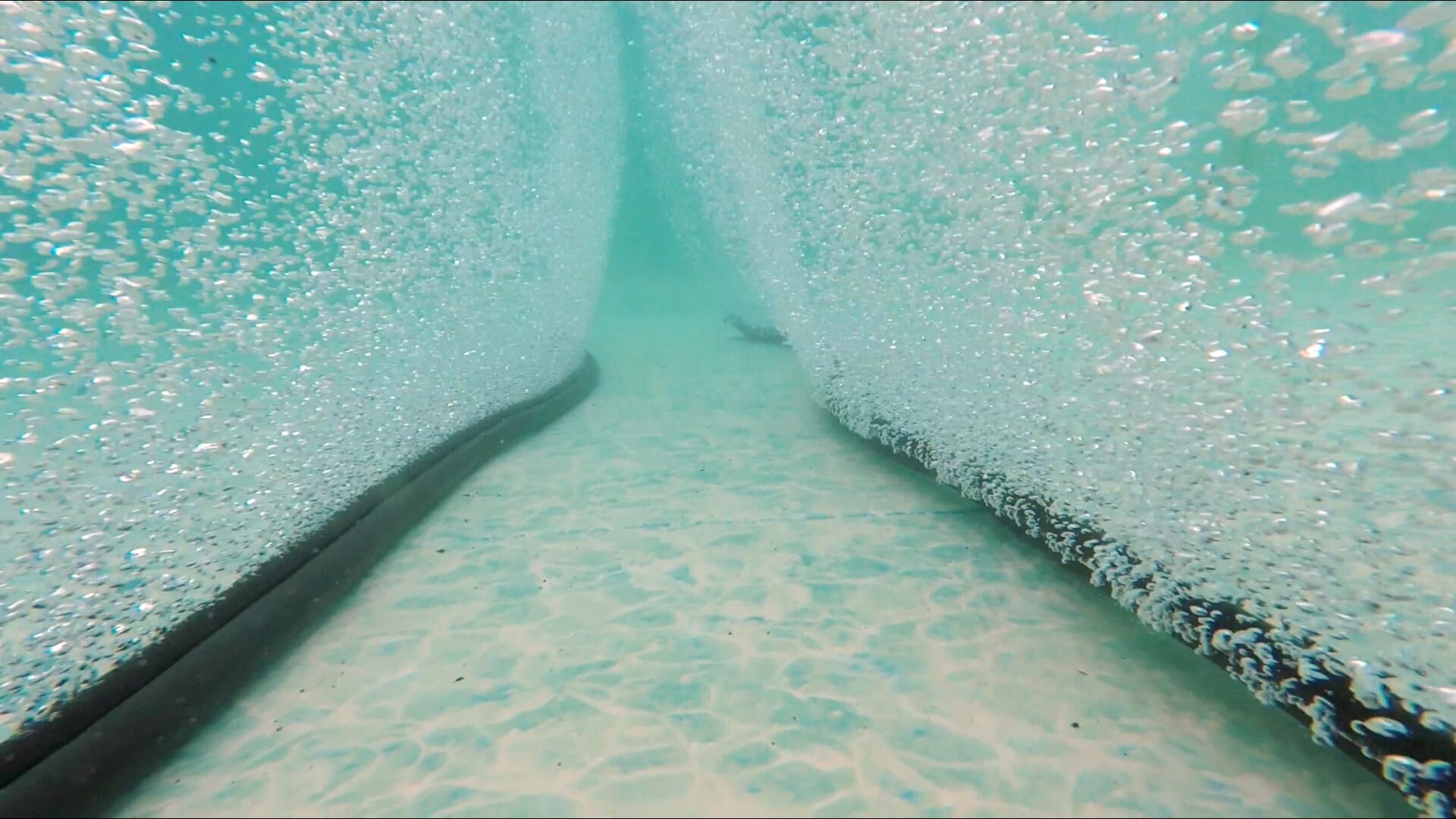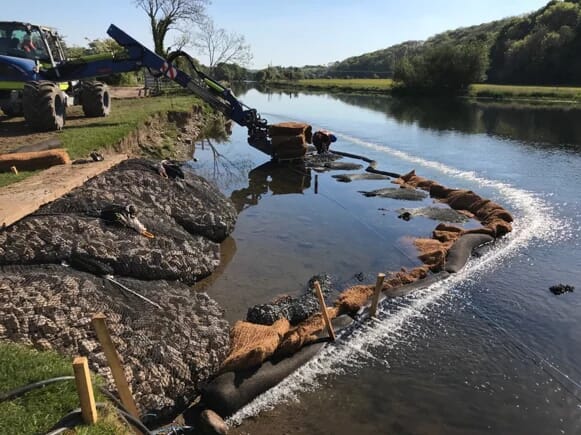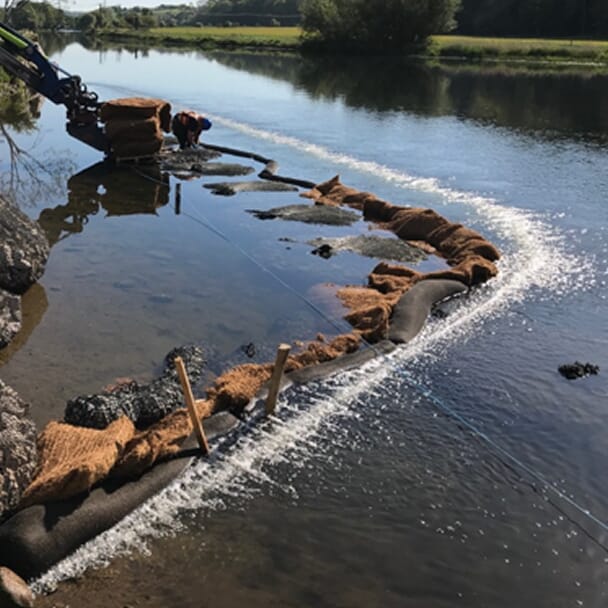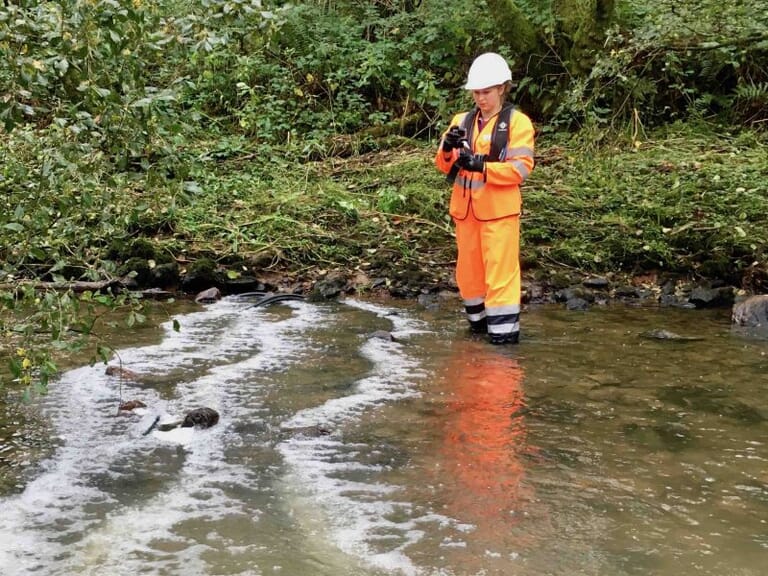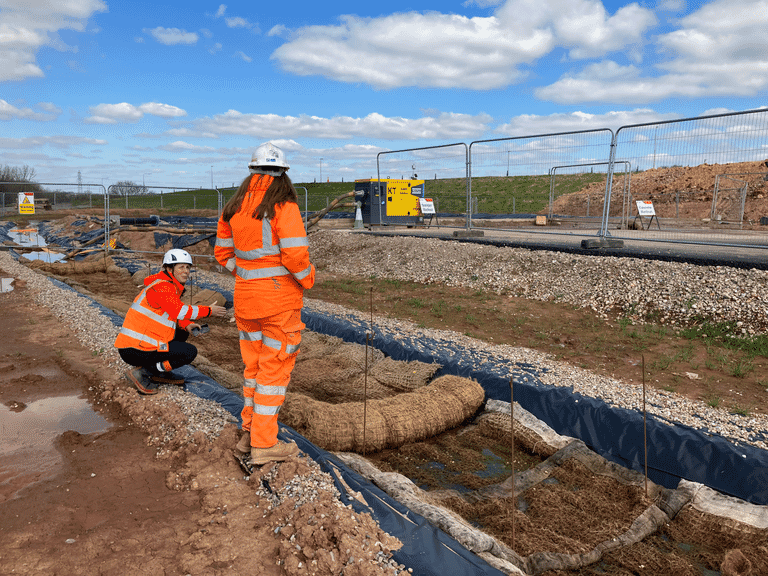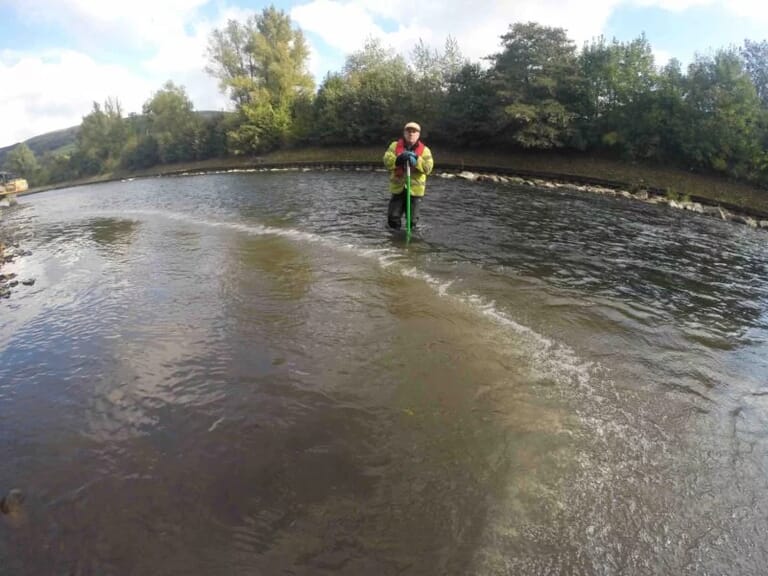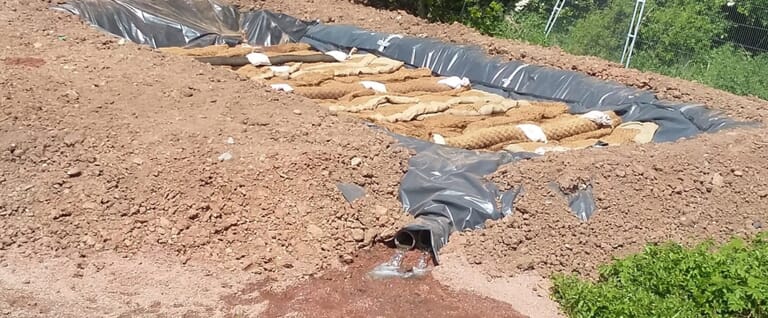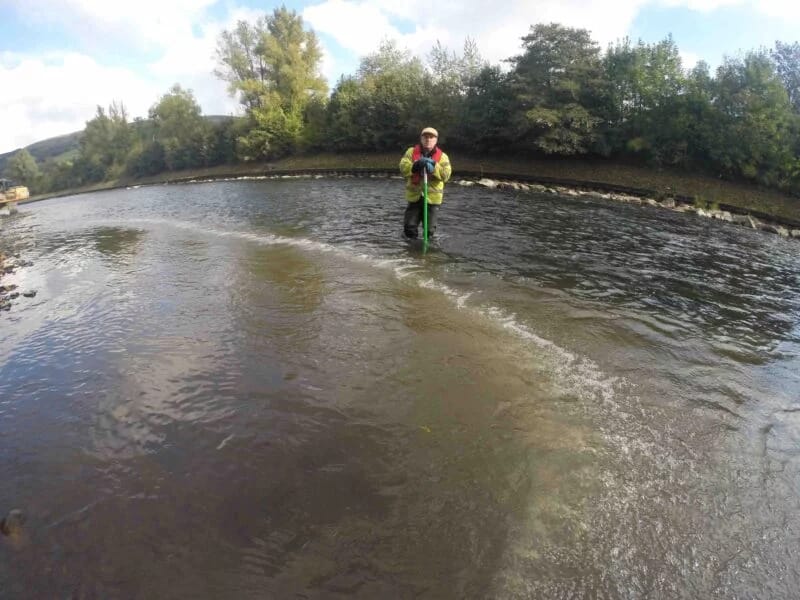
Bubble Curtains and how they prevent silt movement
Bubble Curtains and how they prevent silt movement
Download PDF
"*" indicates required fields
Laboratory testing has demonstrated Bubble Curtain technology can stop up to 90% of silt dispersal.
Working on or near water stirs up the silt from the bank or beds of watercourses like rivers, lakes or canals. Silt can be carried in the water column for some distance before being re-deposited as sediment and can cause negative environmental impacts downstream, resulting in silt pollution.
Silt is difficult to stop; there are few interventions that can stop the downstream spread of silt especially in waters deeper than 30-40cm but our recent research in collaboration with Swansea University has proven that Bubble Tubing® can provide a solution.
Research-backed product R&D
We were inspired by Bubble Tubing® and are proud to have partnered with them to bring this pioneering technology to the UK.
Bubble Tubing® creates a wall of bubbles and we saw an opportunity to see if it could be used as an effective barrier to prevent silt pollution risks across UK construction sites.
It is a weighted tube that can be sunk and arranged as desired on the bed of watercourses. When filled with compressed air, bubbles emerge from micro-punctures along the tube and rise to the surface, creating a wall of bubbles.
We conducted in-field trials with Natural Resources Wales (NRW) for a range of freshwater environmental protections using two lines of Bubble Tubing® to stop and control silt. Qualitative and observational evidence demonstrated the bubble curtains were effective and these are now used in many sites across South Wales.
To reinforce these findings, we entered into a research partnership with Swansea University to establish a SEACAMS2 funded project to conduct laboratory trials. This looked at the effectiveness of Bubble Tubing® in preventing silt pollution.
High performing, easy solution to prevent pollution in waterways
The research demonstrated that a single line of Bubble Tubing® alone can stop half of all silt from dispersing in a watercourse. Additional lines of tubing further reduced the silt levels travelling downstream.
The project was very encouraging and results confirmed the qualitative and observational evidence.
Bubble Tubing® was used to create walls of microbubbles (a bubble curtain). Sediments of various grain-sizes were tested – 250-500 microns (medium), 125-250 microns (fine) and 63-125 microns (very fine).
Overall the study showed that three lines of Bubble Tubing® can trap up to 90% of silt which then settles out as sediment. This leaves only 10% of the finer sediments in suspension.
Research demonstrates Bubble Tubing’s effectiveness:
- One line can impede up to 50% of sediment dispersal
- Three lines can impede up to 90% of sediment dispersal
Bubble Curtain applications
Bubble curtains can be used in the field to:
- help manage environmental risk
- prevent pollution from dredging operations, river crossing and realignment programmes, bank protection and flood defence works
- protect abstractions, and
- prevent the deposition of sediments in low flow areas such as lock entrances, marinas and temporary work sites.
We offer a non-obligatory call or Teams meeting with our Technical Team to talk through your needs at any stage of your project to see where we or our environmentally-friendly product solutions may help.
For products, services, training and technical sales support contact us or call 0345 057 4040.
Contact UsAir Bubble Curtains are also known under several other names: Air barrier, air curtain, bubble barrier, bubble curtain, pneumatic barrier, pneumatic boom, barrier of air bubbles, curtain of air bubbles, air bubble curtains, bubble wall, bubble screen.
With thanks to Callaway R., Davies R., Mendzil A. (2018) Micro bubble curtains: impact on sediment dispersal. Technical Report of the SEACAMS2 project (SC2-R&D-SU03) with Frog Environmental Ltd. Swansea University. Research paper can be downloaded from this page.
Disclaimer: This article is correct at the time of writing and while we endeavour to update annually, legislation may change over time. We pride ourselves on providing site-specific advice. Please contact us about your situation; we’d be delighted to help.
